A Lone KV-1 Tank Held Off German Advances During the Battle of Raseiniai
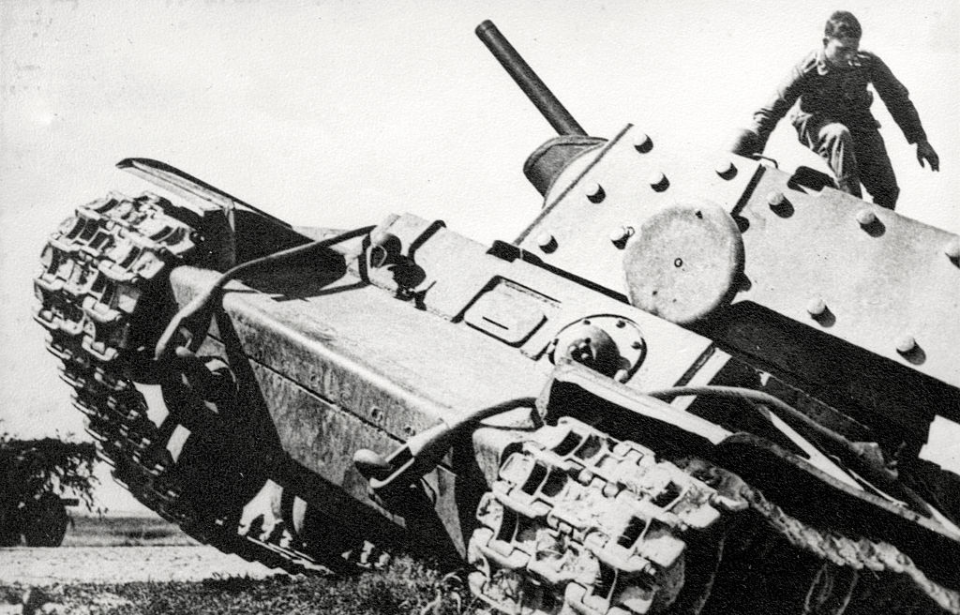
On June 22, 1941, Germany launched Operation Barbarossa, the World War II invasion of the Soviet Union. Despite signing the German-Soviet Nonaggression Pact in 1939, the Germans had always intended to invade; growing distrust of Soviet leadership had caused that date to be moved up.
One of the first altercations during Operation Barbarossa was the Battle of Raseiniai, which took place in Lithuania between the Red Army and German forces. Both sides brought tanks to the front, but the Soviets had a distinct advantage with their Kliment Voroshilov (KV) tanks.
Soviet KV tank
The Battle of Raseiniai was the first time German troops came across Soviet KV tanks. They, along with the T-34 medium tank, were newly developed, meaning the Wehrmacht wasn’t aware of their existence until it launched its invasion in 1941. Instead, German soldiers had expected to encounter T-26s and BTS, which made up the majority of the Red Army’s armored ranks.
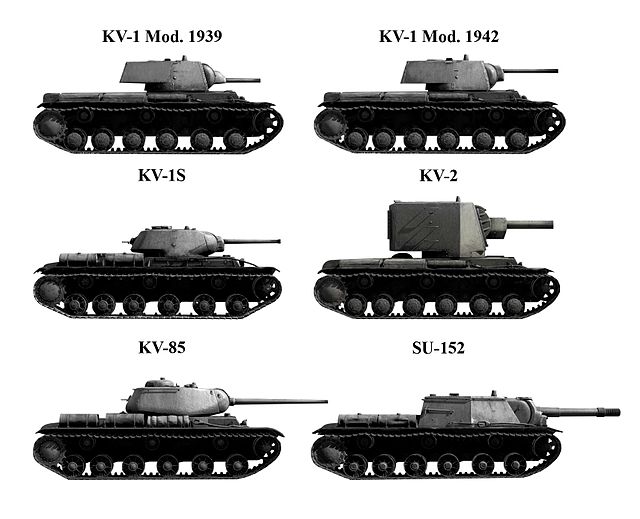
Different variants of the KV tank were produced during the Second World War. The KV-1 and KV-2 were produced at the same time, but the KV-1 was more heavily used, due to its lighter weight and speed. Other variations were designed later in the war, along with improvements to the KV-1 and KV-2.
The KV tank’s superior strength
All KV tanks were heavily armored, giving them an advantage against other armored units. That was especially true in the early years of the war, when enemy forces were unprepared to face them. KVs were first tested during the Winter War, where they proved resistant against Finnish anti-tank weaponry. They also outperformed over tanks in the Soviet roster, such as the SMK prototype and T-100.
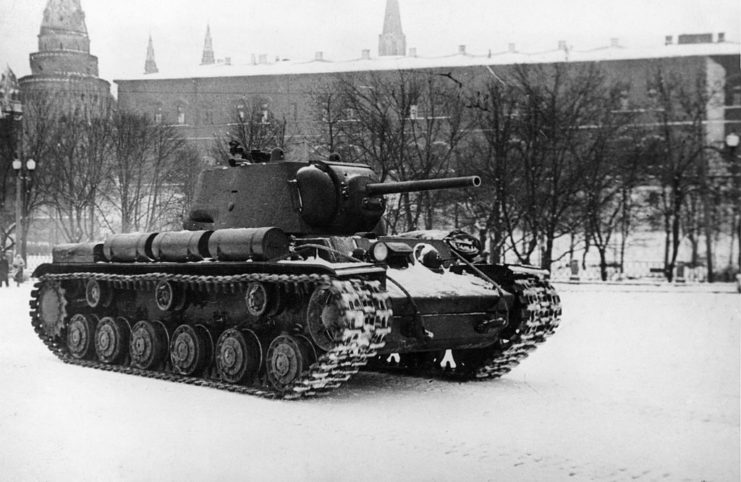
Their armor also proved to be extremely effective against the Wehrmacht‘s Panzer III and IV tanks, which were mounted with 3.7 cm KwK 36 and 7.5 cm KwK 37 guns. As it happens, these were exactly the tanks German forces heavily relied on during their invasion of the Soviet Union.
The Battle of Raseiniai
Occurring between June 23-27, 1941, the Battle of Raseiniai saw fighting between the German 4th Panzer Group and 6th Panzer Division and the Soviet 3rd and 12th Mechanized Corps. As the Germans approached the city, the Red Army tanks went out to contain and destroy them. This would hopefully prevent them from moving further into Russia.
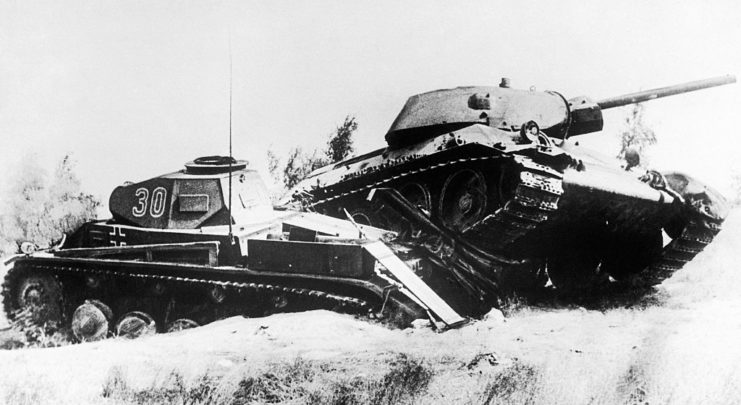
As the German tanks tried to push through the defenses, a single Soviet tank, described as a KV-1, drove behind their lines. It stopped in the middle of the road and prevented the advancement of roughly 5,000 troops, cutting them off from their comrades.
According to German reports, “It was impossible to go around the tank, since swamps were everywhere. We couldn’t get ammo or evacuate our wounded – they were dying.”
The KV-1 tank’s last stand
With the KV-1 and its crew located in the middle of the main road, they were in a prime location to launch repeated attacks on the Germans. They took 12 trucks and attacked throughout the night with their guns. While their position was handy, it also made them an easy target for anti-tank weapons and heavy guns. This included attacks from 50 mm anti-tank guns of the 6th Panzer Division’s anti-tank battalion.
Fortunately, the KV’s design meant that the vast majority of weaponry was unable to crack its armor.
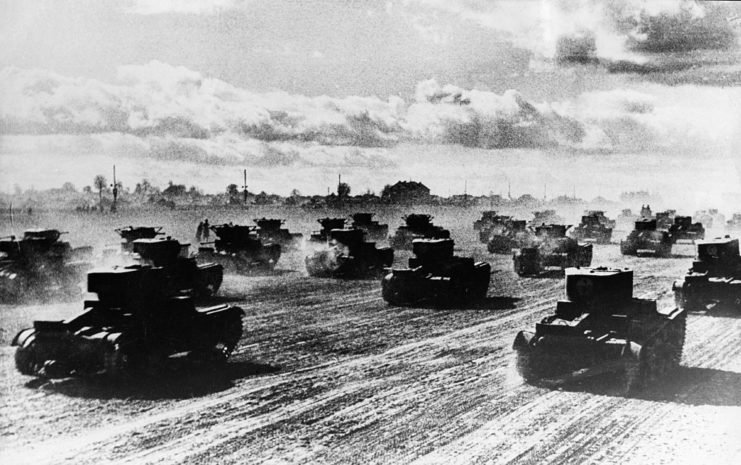
The Germans tried to use armor piercing rounds, satchel charges and anti-aircraft guns, but none penetrated the tank. The only weapon that proved effective was the 88 mm anti-tank gun. As proved by the impressive last stand of the KV-1, the tank was invulnerable to most German weapons.
However, despite the heavy armor that surrounded them, the crew was not as impervious to attacks. They were taken out when German troops threw grenades down their tank hatch.
Conclusion of the Battle of Raseiniai
In an act that was outside of their character, the Germans removed the tank crew from inside the KV-1 and buried them in a nearby forest. One of the German colonels recalled that, as they were “deeply shocked by this heroism, we buried them with full military honors. They fought to the last breath.”
Their remains were exhumed in 1965 and reburied in the Soviet military cemetery in Raseiniai.
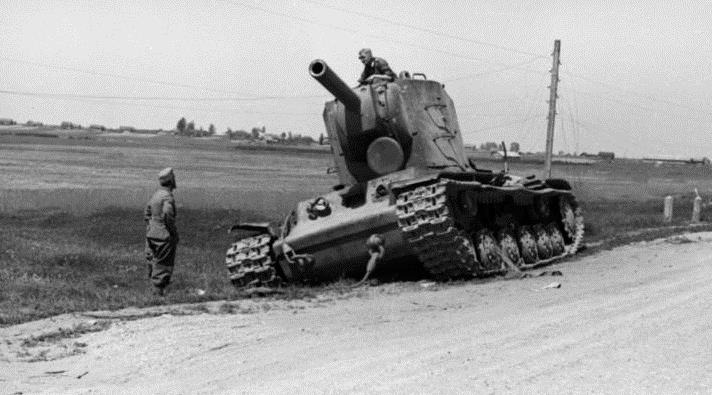
While the lone Soviet tank caused an impressive delay, blocking the German advance for 22 hours, the Wehrmacht forces were ultimately able to push on. Despite the remarkable feat performed by the tank’s crew, the battle resulted in the destruction of many of the Soviet armored forces on the front – and a German victory.
